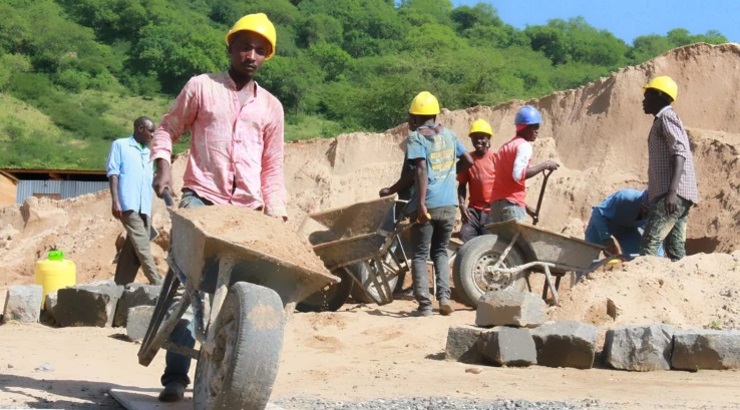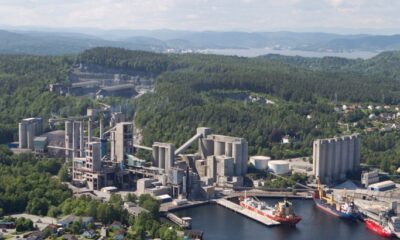Materials & Supplies
Global sand shortage begets new breed of mining ‘mafia’
Dangerous gangs are now taking over beaches and islands for illegal mining of sand.

The world is running surprisingly low on sand – prompting black market gangs to steal huge amounts of the commodity from rivers and beaches across the world.
This sounds like a fairy tale, especially considering that the granular material is largely viewed as an infinite resource – particularly when one imagines the beaches and deserts that dot the world.
Indeed, mankind has for ages used sand as an analogy for a limitless resource. Stargazers, for example, speak of stars as being more numerous than grains of sand whenever they seek to impress upon us the staggering bigness of the universe.
To some extent this is true. Sand is infinite. However, most of it is the wrong kind of sand that is unsuitable for construction.
“The sand from the desert does not work as the grains are too round from wind erosion, so it does not stick together and offer strength,” says researcher and founder of sandstories.org, Kiran Pereira.
“You need angular grains that will interlock and hold concrete together. That’s why so much sand has been used from rivers.”
This means most desert nations such as Dubai and Mauritania – as well as island countries like Singapore – rely on imported sand for their construction projects.
Indeed, Singapore – one of the world’s biggest importers of sand – uses so much sand that its once-biggest suppliers, Indonesia and Vietnam, have banned exporting there amid environmental concerns.
China and India, which are leading a global construction boom, are also in the list of the world’s most voracious consumers of sand due to rapid economic growth.
“From 2011 to 2013, China used more cement than the United States used in the entire 20th century,” author Vince Beiser told the New York Times in a recent interview.
Sand, which is mainly used in concrete and asphalt for roads, buildings, parking lots, runways and other structures, is formed by erosive process over thousands of years. The material is mined at a rate far greater than its renewal, creating a recipe for shortages.
According to the United Nations Environment Programme, 47-59 billion tonnes of sand and gravel are mined every year, with studies suggesting that the resources is becoming scarce globally.
An insatiable demand from the global building boom has resulted in over-exploitation of sand, leading to the disappearances of beaches and islands. It has also created a black market for the commodity.
READ: Hard times for builders as sand prices hit all-time high
Gangs commonly known as ‘sand mafia’ are now taking over beaches for mining and paradise islands are being dredged and sold to the global construction industry.
“Sand is a currency of development. It’s even becoming militarized in places like Singapore, where stockpiles of sand are guarded because it’s needed for development,” says Pascal Peduzzi, head of the Global Change & Vulnerability Unit at the United Nations Environment Programme.
The problem of sand mafia is particularly widespread in India, although it is slowly gathering pace in other countries including Kenya, where gangs mine sand illegally and even kill people in their way.
In India, Sand Mafia, the country’s strongest criminal group, employs over 75,000 people to dive for sand in rivers. The divers work 12-hours a day, diving up to 200 times and making Sh1,500 per boatload.
Although there is no magic solution to the looming sand crisis, experts are now calling on the world governments to make and enforce rules to regulate the mining of the granular material.
“We are using sand like crazy and we need to have rules on standards, such as where it is coming from and to make sure it’s sustainable. We not only have to make sure it’s environmentally safe, but also that social standards are abided to as sometimes sand is even mined by children,” Peduzzi says.












